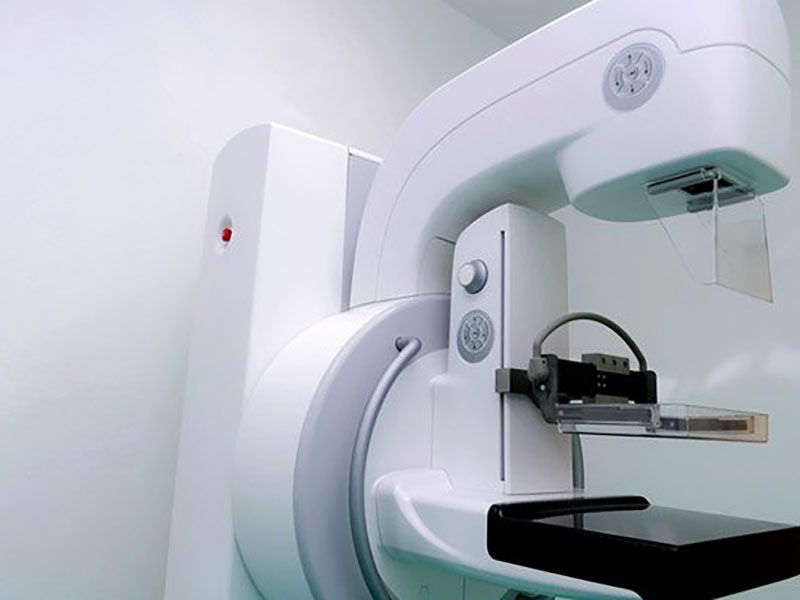
Mammogram
Watch our video about Mammogram
Mammogram: An Overview
A mammogram is an X-ray picture of the breast used to detect early signs of breast cancer. It is a critical component in the early detection strategy, as it can identify tumors that are too small to be felt and detect ductal carcinoma in situ (DCIS), which is a cancer that is confined to the milk ducts and has not invaded nearby breast tissue.
The Procedure
During a mammogram, a specially trained radiology technician positions your breast on the mammogram machine's plate. The breast is gradually pressed down by another plate, spreading the breast tissue evenly. The pressure may cause some discomfort but is necessary for obtaining clear images. Typically, two views of each breast are taken, one from top to bottom and the other from side to side.
Purpose of a Mammogram
The primary purpose of a mammogram is to detect early signs of breast cancer. Regular screenings can identify breast cancer early when it is most treatable. Mammograms can also be used to investigate symptoms of breast disease, such as lumps, pain, or nipple discharge.
When to Seek a Mammogram
The American Cancer Society recommends women aged 45 to 54 get mammograms every year, with the option to start screening with a mammogram every year from the age of 40. Women 55 and older can switch to mammograms every 2 years or continue yearly screening. Screening should continue as long as a woman is in good health and is expected to live at least 10 more years.
Symptoms to Look For
While mammograms are often used for screening in asymptomatic women, you should consult a healthcare provider if you notice any of the following:
- A lump or thickening in or near the breast or underarm area
- A change in the size or shape of the breast
- Nipple discharge or tenderness
- A nipple pulled back (inversion) into the breast
- Itchy, scaly sore or rash on the nipple
- Pitting or skin texture of the breast that looks like an orange peel
Pre and Post Exam Care
Before the mammogram, it's advised not to use deodorant, perfume, lotions, or powders on the chest or underarms as these can appear as white spots on the X-ray. After the exam, you can resume normal activities immediately. The radiologist will review your mammograms and compare them to any previous ones. Results are usually available within a few weeks.
Preventive Measures
While mammograms do not prevent breast cancer, they can significantly reduce the risk of dying from the disease by detecting cancer early. Other preventive measures include maintaining a healthy weight, exercising regularly, limiting alcohol, eating nutritious food, and avoiding smoking.
Regular mammograms, along with following a healthy lifestyle, are key steps in the early detection and prevention of breast cancer.